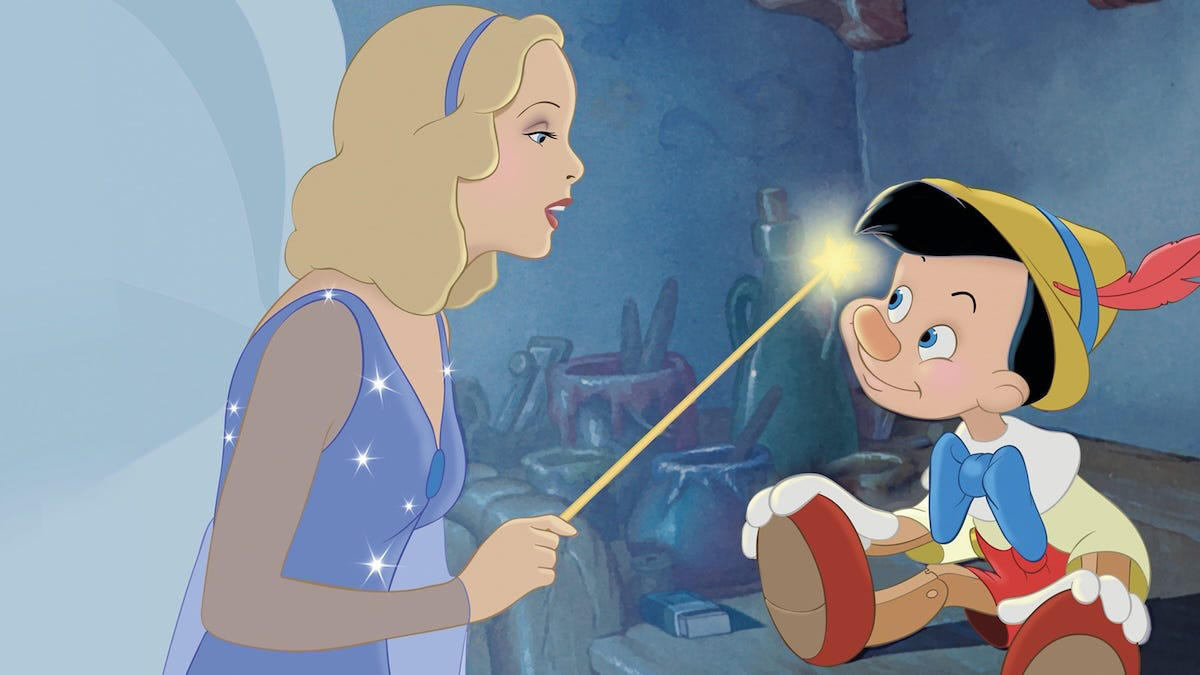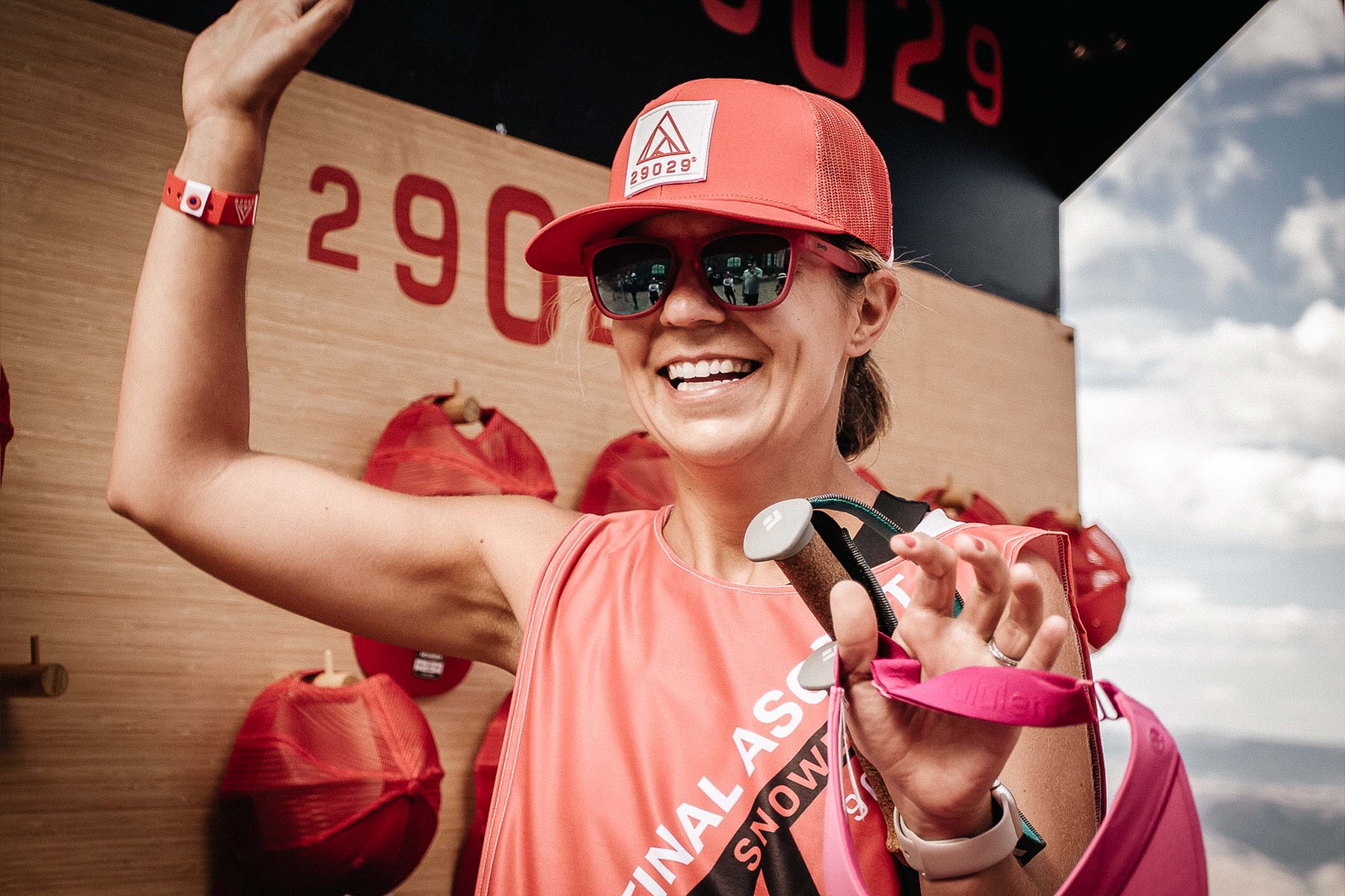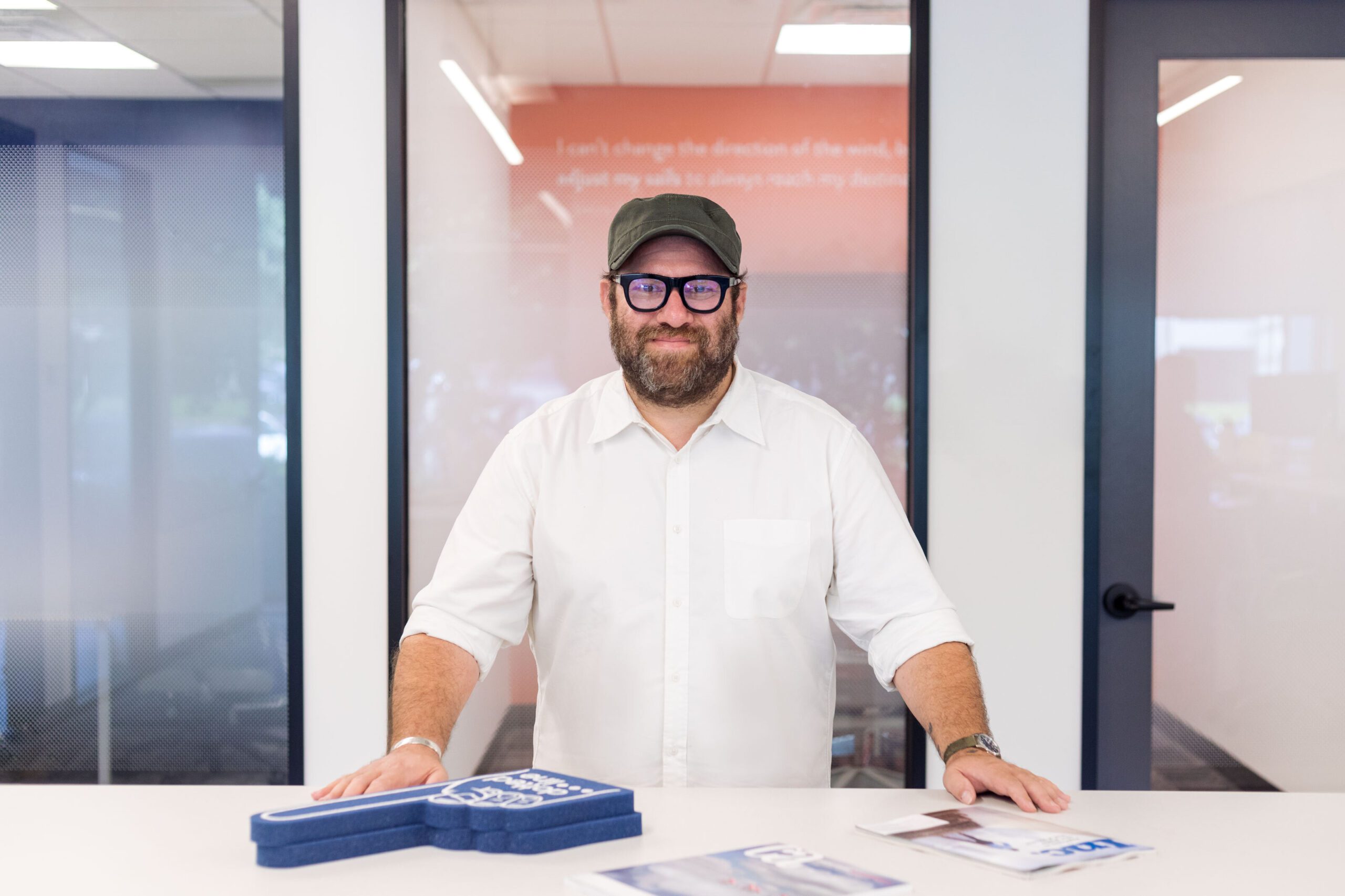The 2022 Super Bowl featured two unexpected teams that reinvented themselves and evolved throughout the season to get to the big game. Similar to the Los Angeles Rams and Cincinnati Bengals, businesses looking to take advantage of the hype around this perennial celebration of broadcast advertising prowess approached this year a little differently, operating with a greater level of intentionality to make sure their message reached their target audience. And with the price for a :30 spot crescendoing this year at a cool $6.5 million, it’s no wonder big brands took the time to ensure they were leveraging their media dollars in the most strategic and effective ways.
Below, we have outlined some of the most prevalent themes and highlighted an ad or two that we feel did an exemplary job of following through on the execution of each.
Not Joining the Party
Sometimes the best move is not to play at all. That’s what Hyundai thought at least. Given timing uncertainty around whether the Ioniq 5 would be on the market in time for the game, the longtime Super Bowl advertiser opted to stretch beyond the edges of the nearly 4-hour telecast with several smart tactical moves. While it still produced two smart (and epic) spots – check out History of Evolution – with familiar brand spokesman Jason Bateman, it was able to leverage the NFL playoffs and consumer focus on ads during the big game to its advantage.
In the weeks leading up to the Super Bowl, the brand focused its media relations message about the decision to sit out, citing the need to balance its marketing priorities. Being based in Los Angeles (where the Super Bowl was held) and leveraging its existing sponsorships with both the NFL and SoFi Stadium, the brand opted for OOH (Out of Home) paired with a product placement on the ABC sitcom Black-ish.
Know Your Audience – Part I. Millennials
Although Gen Z commands much of the silver screen these days, there is still a fervor within the advertising world to engage with the juggernaut generation: millennials. No brand capitalized on that opportunity more than Expedia during the big game.
A core value of most millennials is valuing experiences over possessions or purchases, so in Expedia’s Stuff spot, they cast Ewan McGregor to speak specifically to this sentiment. Over the :60 piece, Ewan poses a philosophical question around consumerism and the impact of those items on our legacy…setting the brand up as the hero that can provide its audience with the things that matter.
In addition to speaking directly and effectively to their audience, Expedia also hit the nail on the head by capturing the anguish that many of their prospective clients may be feeling from not being able to travel freely during the pandemic, strengthening an already persuasive message.
Know Your Audience – Part II. Gen X
No, the Super Bowl advertisers haven’t forgotten about you, Gen Xers. In fact, this demographic was the main target in what most are viewing as the best ad of the 2022 Super Bowl. The spot that sits atop this throne is Dream House with Anna Kendrick and Barbie from Rocket Mortgage.
Just as Expedia tapped into a core value for many millennials, Rocket Mortgage crafted a message that struck the nostalgia chord for Generation X and also spoke to a relevant topic most in that demographic are familiar with: how gosh-darn-it to buy a house these days.
As USA Today commented, the brand left “no stone veneer uncovered,” attempting to solidify its top ad position from several angles. By casting Anna Kendrick as a celebrity spokesperson (and having her tweet consistently in the lead-up to and during the game) and pairing her charm with a comedic, yet realistic view of the current housing market, Rocket Mortgage was able to ring the pop culture gong in their :60 spot and keep them talking long after the game had ended. Another lead-up activity included an Easter egg listing on the Rocket Homes site, and then the brand brought it home at the end of its spot with a fixer-upper castle on the Homes sub brand.
Going Beyond
More so than in years past, advertisers focused on how to expand their messaging through third screen experiences. From omnichannel offers to in-app experiences and contests, brands wanted to leverage their audiences’ fractured attention spans to capture engagement in as many places as they could.
No Super Bowl advertiser did that better than Coinbase with their bouncing, multi-colored, screensaver-esque QR code. Also making a nostalgia play that harkened back to prestreaming DVD days, Coinbase’s low production spot (whose simplicity was shocking unto itself) paired the gamification of chasing the moving target with a contest tie-in. And other brands took notice…quickly and comedically playing off the messaging.
(Captain Morgan was one such brand that shortly after tweeted out a black screen with a floating Captain Morgan logo bouncing around and changing colors à la the Coinbase QR code.)
While not necessarily a fan favorite, Coinbase’s ad has drummed up a lot of excitement and their success is quantifiable. Curious internet sleuths quickly broke down just how successful the ad was in the first day since it aired.
Ad Cost: $14M
• 117,000,000 people watched the spot
- 20% scanned the QR code (The site had 20M visits in the first minute)
- 10% signed up
- 20% linked their bank account – which equates to ~500K new customers
500K new customers are worth a lot to Coinbase. But exactly how much?
According to their last quarterly report, the average customer generates $90 in revenue per year. If the customers who came from the Super Bowl spot are even 50% as valuable, then we can assume $45 of annual revenue from each. 500,000 new users x $45 = $22.5 million. That certainly covers the cost of the spot, and then some.
Creative Spotlight
In lieu of a fifth theme, we opted to highlight one of our Creative Director’s favorite spots from the Super Bowl, a throwback to his childhood, in Irish Spring’s Welcome to Irish Spring.
Over the decades Irish Spring, a very utilitarian consumer packaged good, has always been unabashedly over-the-top, even stereotypical, with its “Irishness” and laser focus on getting you clean and smelling fresh. Their first foray into Super Bowl advertising is no different. But they’ve taken it one step further. Along with their nod to the Emerald Isle and hyper focus on the importance of smelling fresh, they’ve added a cult, led by a white rabbit, that believes in ridding the world of all things smelly. The result is a twisted and funny touch of spring.
The Bottom Line
While Super Bowl spots are an opportunity for brands to briefly steal the spotlight from one of the nation’s most-watched annual broadcasts, smart advertisers are using the moment to extend beyond :30 or :60, attempting to form authentic connections with their most important audiences and sustain that electricity well past Sunday.
;)
;)
;)
;)
;)
;)
;)
;)
;)

;)